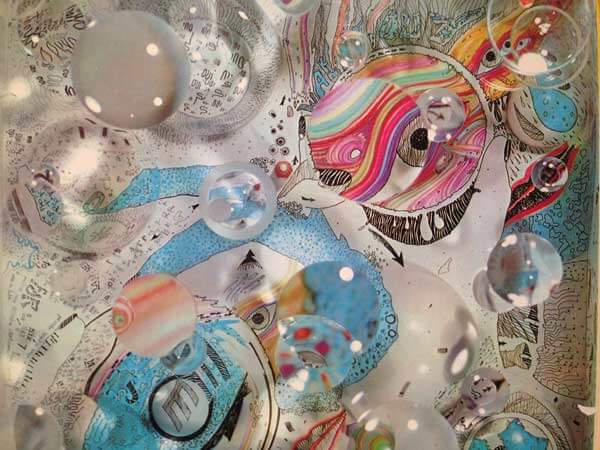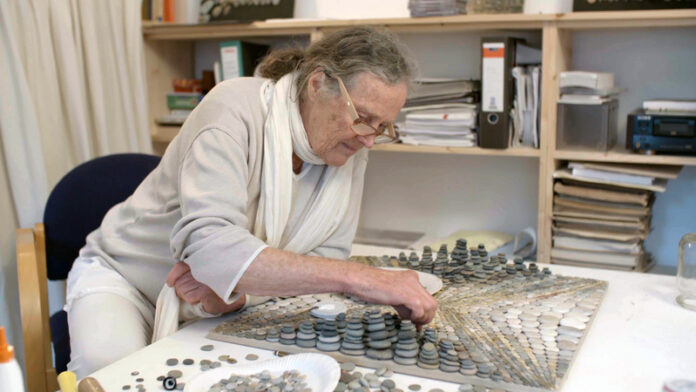Works by Mary Bauermeister’s glass bowls and shells made her an important contributor to the Fluxus art movement. The artist died at the age of 88. The Michael Rosenfeld Gallery in New York, representing her, confirmed her passing in a press release.
Although she remains less known outside of Germany, where she was born and lived for most of her career, Bauermeister was at the center of a group of avant-garde artists active in the post-war era. The art movement known as Fluxus began in the 1960s as a response to bourgeois aesthetics. Their works were collections of everyday items that were combined in a way that looked nothing like traditional painting and sculpture.
Born in 1934 in Frankfurt am Main, Germany, Mary Bauermeister is a German-born artist who has ventured into sculpture, drawing, installation, performance and music. Bauermeister’s work is based on contemporary Fluxus art movement, “anti-art”.

She criticized the traditional way of creating art and created new works, breaking the “old art”. Yoko Ono, Nam June Paik, Alison Knowless, Wolf Vostell, Ben Vautier, Dick Higgins, among others, were part of this thought.
Mary Bauermeister artist tudied at the Ulm School of Design. In 1962 he moved to New York where he met avant-garde artists such as Niki de Saint Phalle, Jasper Johns and Robert Rauschenberg. In 1970 she returned to Germany. Since then, she has focused on topics such as spirituality, esotericism, new age or geomancy (a divination method that interprets marks or lines on the earth).
Her breakthrough came in the early 1960s when her apartment became an avant-garde venue with Christo, Pike, Merce Cunningham and others hosting events there. Lured by the prospects of the New York scene, Bauermeister lived in Manhattan for much of the 1960s. She had a series of notable exhibitions at the Galerie Bonino, and the New York Times wrote of one in 1970: “The gallery is not only crammed with standing, seated, stretching structures—such as virgin easels ranging in size from a few inches to up to 12 feet in height, as well as variations that seem to come from the unlikely combination of easel and chest of drawers, but each of her designs is full of visual and sculptural incidents.”
It is typical for Mary Bauermeister`s art that she offers boxes with optical lenses and several layers, or creates glass-covered constellations inside them, adding handwritten texts. The combination gives the effect of looking underwater or into the fourth dimension.
In 2004, for her 70th birthday, the Ludwig Museum in Cologne purchased his 1963 wall installation “Needless Needles” and organized an exhibition of this work within a few months. Bauermeister’s work has been exhibited in the collections of the Hirshhorn Museum of Sculpture and Garden in Washington, DC, the Museum of Modern Art in New York, the Los Angeles County Museum of Art, and the Solomon R. Guggenheim Museum of Art in New York.
Mary Bauermeister lived the rest of her life in Rösrath, Germany, in a place surrounded by nature, where she worked with water and crystals, creating custom gardens, both indoors and outdoors, for pleasure and meditation.

























